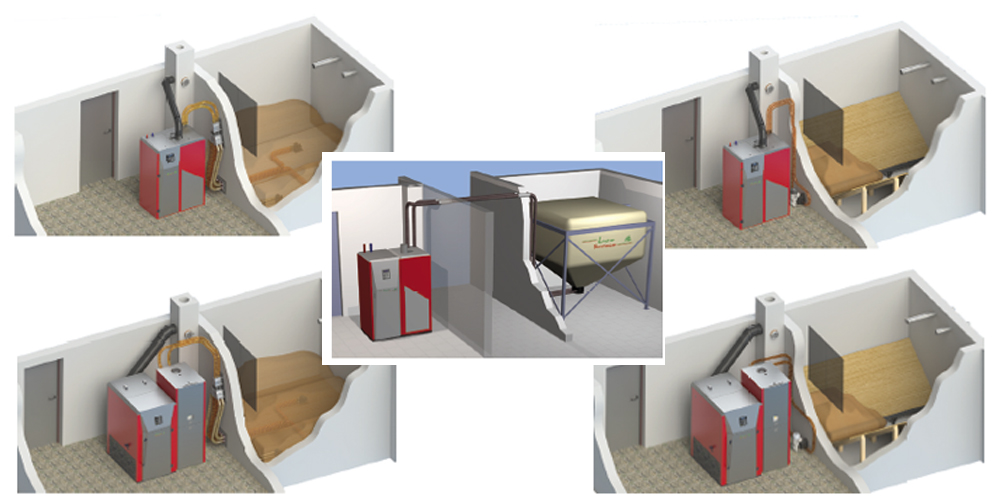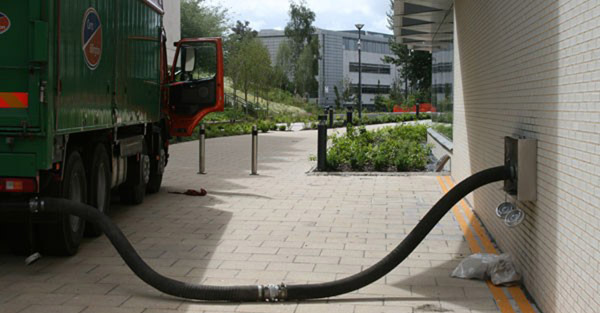
Wood pellets are made of sawdust produced as a waste product from sawmills. As suggested by the name, when sawdust is compressed it produces a pellet shape with a shiny finish, due to the natural glues found in sawdust.

In order to work in the Lindner & Sommerauer your pellets need to:
- Be accredited to the ENPlus A1 or A2 Standard
- Be 5-40mm long
- Be 5-6mm in diameter
- Have a water content of 8-10%
- Have an ash content of 0.5%.
Provided you acquire the correct pellets they will have a bulk weight of around 650kg/m3 and will produce 4.9kWh of heat per kilogram.
We may have mentioned this before but… we can’t stress enough how important the quality is. Only use HETAS/WOODSure suppliers. To be sure of quality use the Biomass Suppliers List (BSL) to track down trusted suppliers all over the UK Concentrating on finding the best supplier is a great way to ensure you have a happy, healthy boiler.

Storage
Your pellets need to be kept in a specifically built store with convenient access for delivery and an inspection hatch for weekly checks. Pellets are usually ‘blown’ in through an external filler tube by a tanker.
Check out the table below to see how you can expect wood pellets to perform, compared to other biofuels:
| Fuel | kg/m3 | g CO2/kWh | kWh/ Kg |
|---|---|---|---|
| Wood Chips | 250 | 7 | 3.5 |
| Logs | 350 | 7 | 4.1 |
| Wood Pellets | 650 | 15 | 4.8 |
| Coal | n/a | 484 | 8.6 |
| LPG | n/a | 323 | 6.6 |
| Heating Oil | n/a | 350 | 10 |
| Electricity | n/a | 530 | n/a |
| Source: Biomass Energy Centre | |||